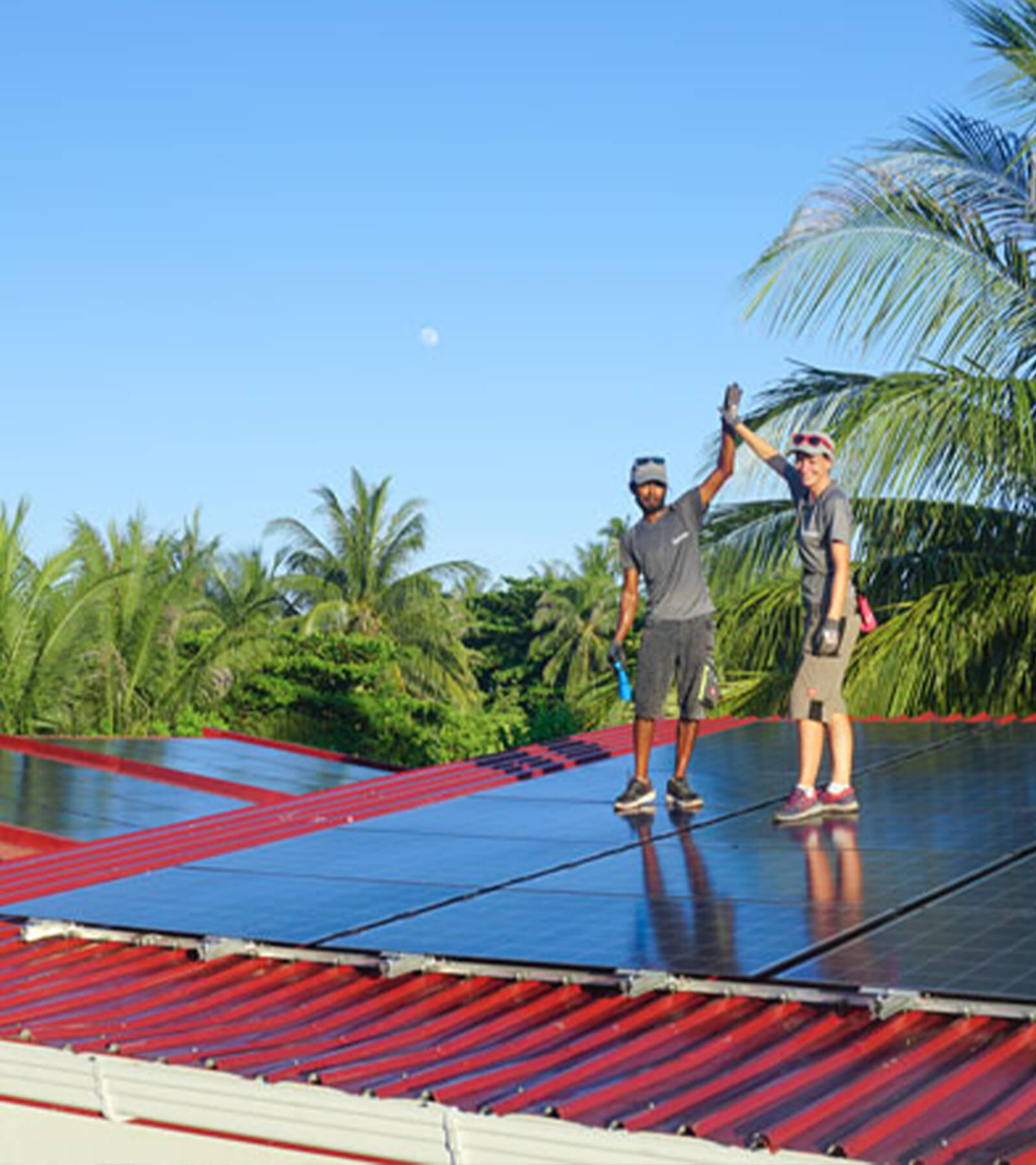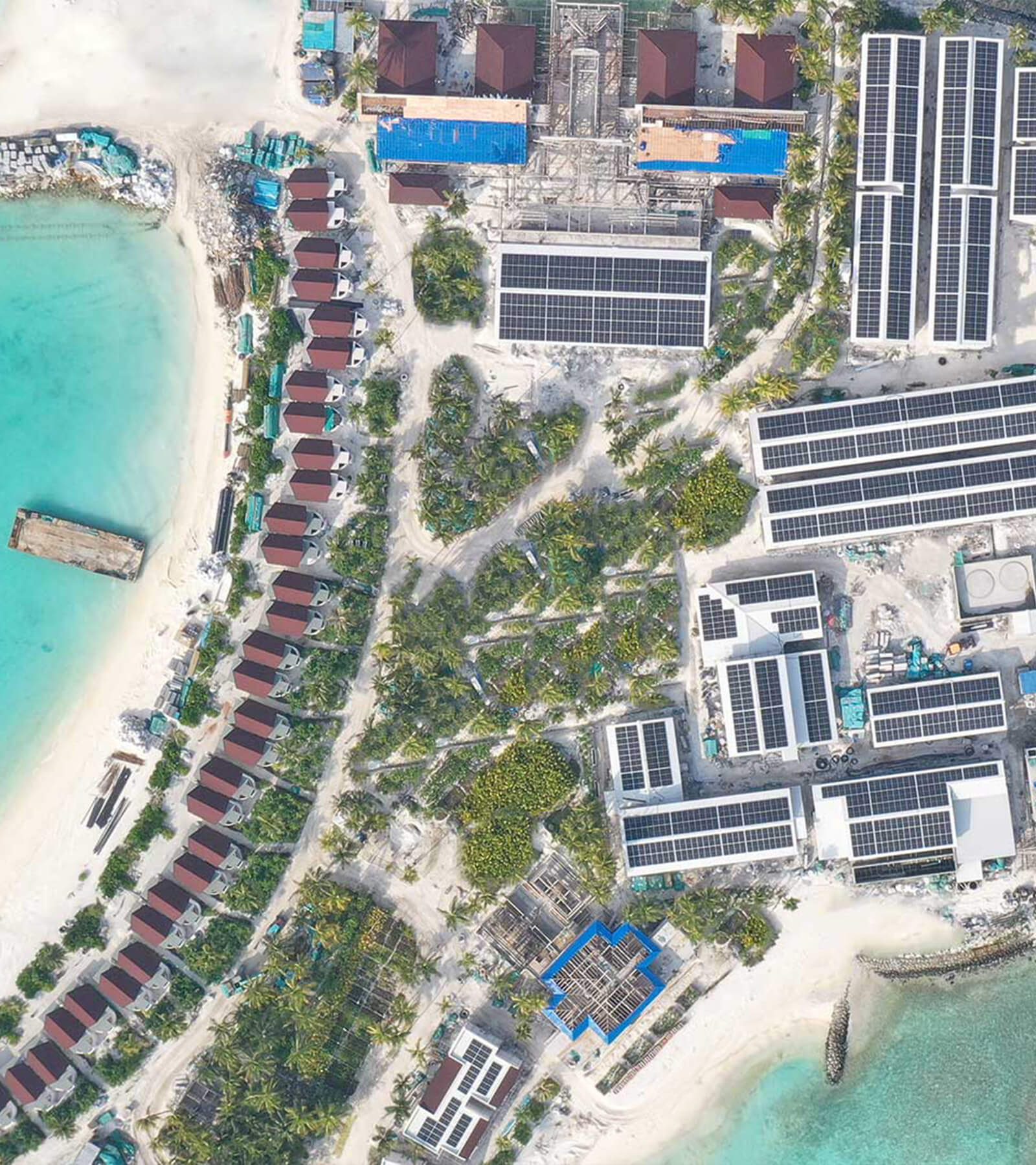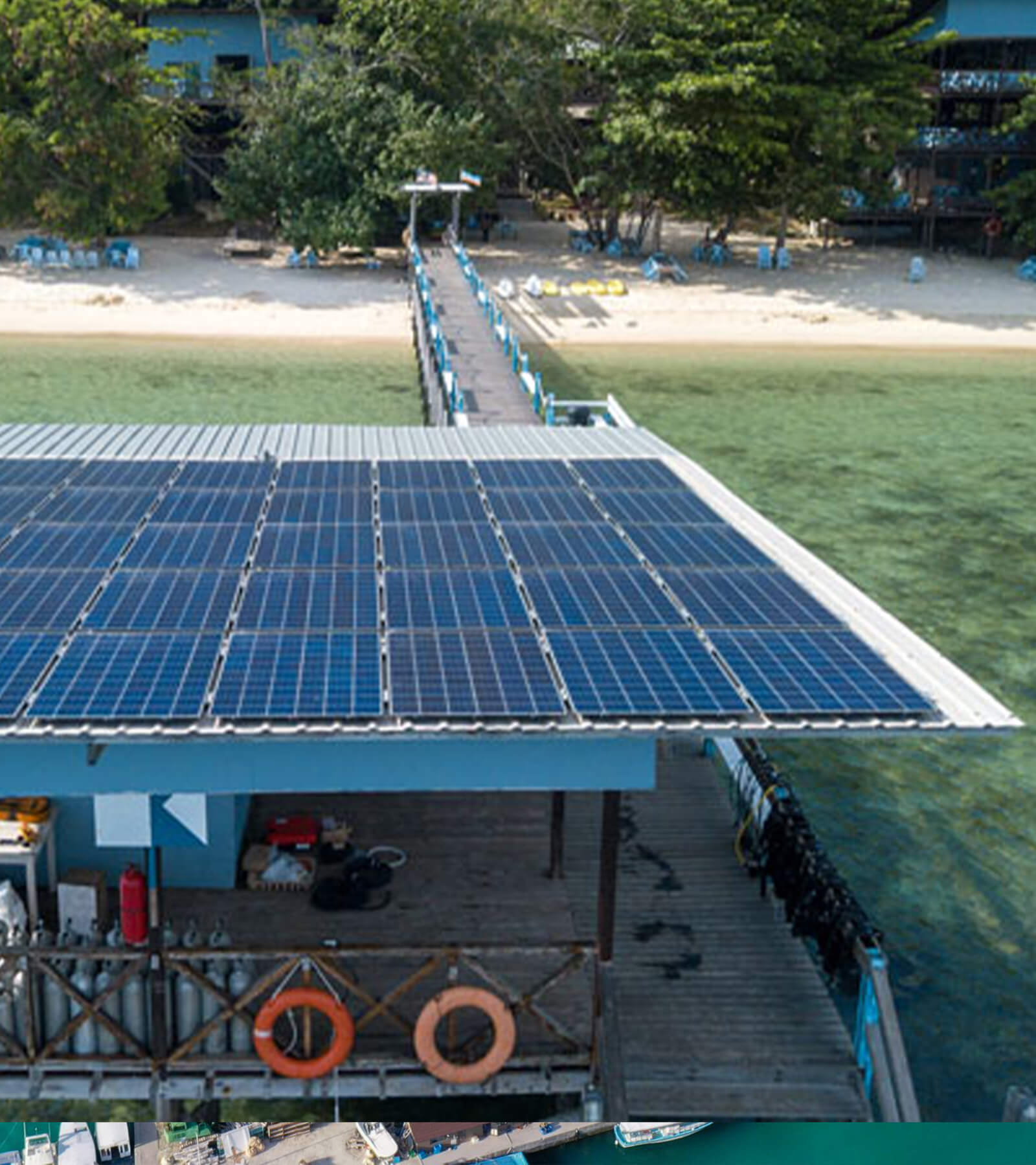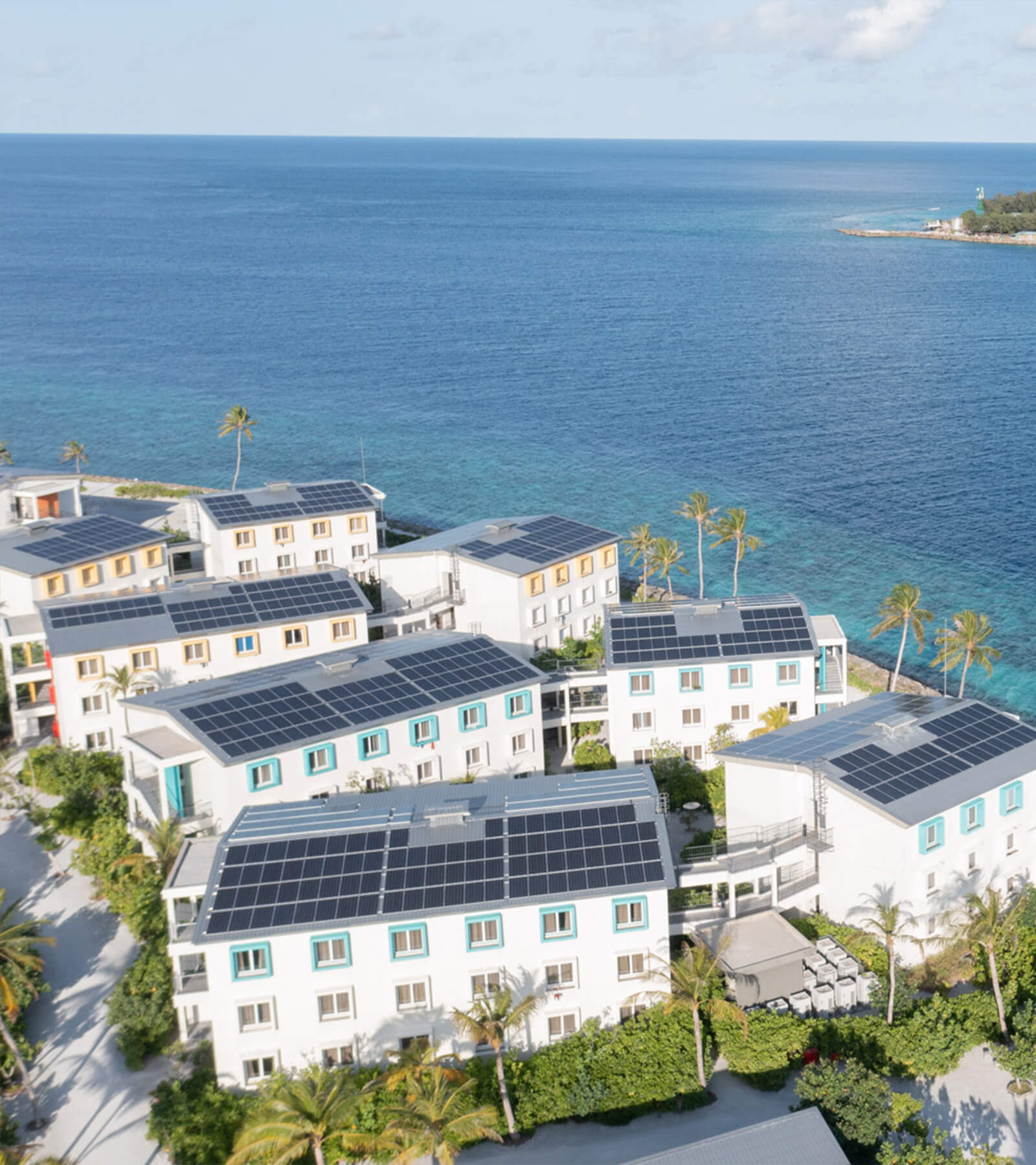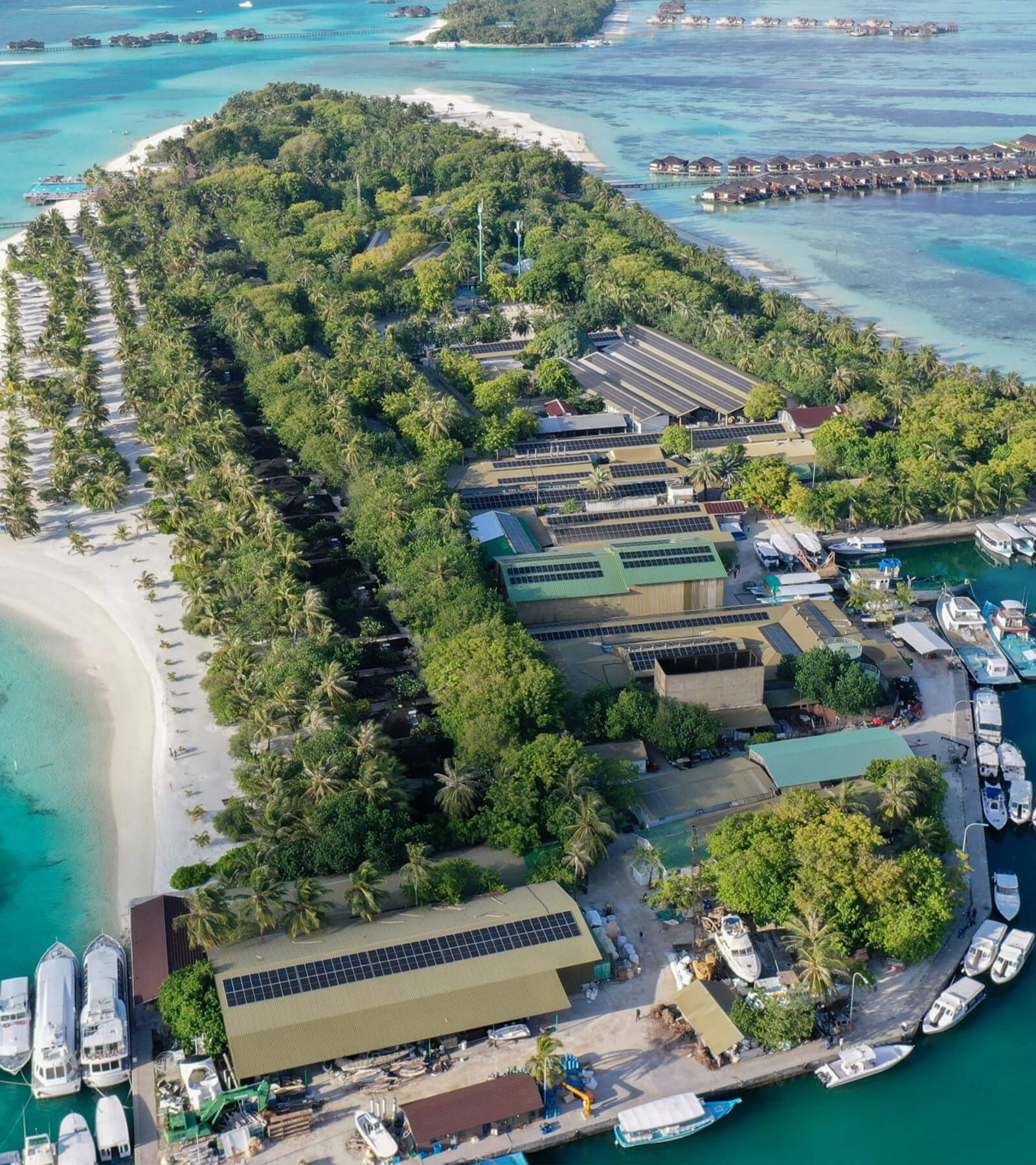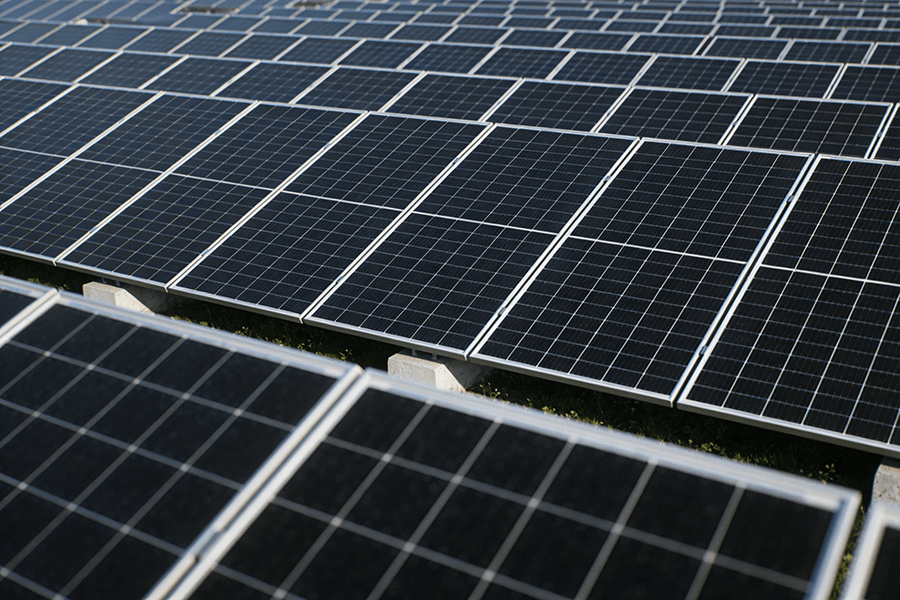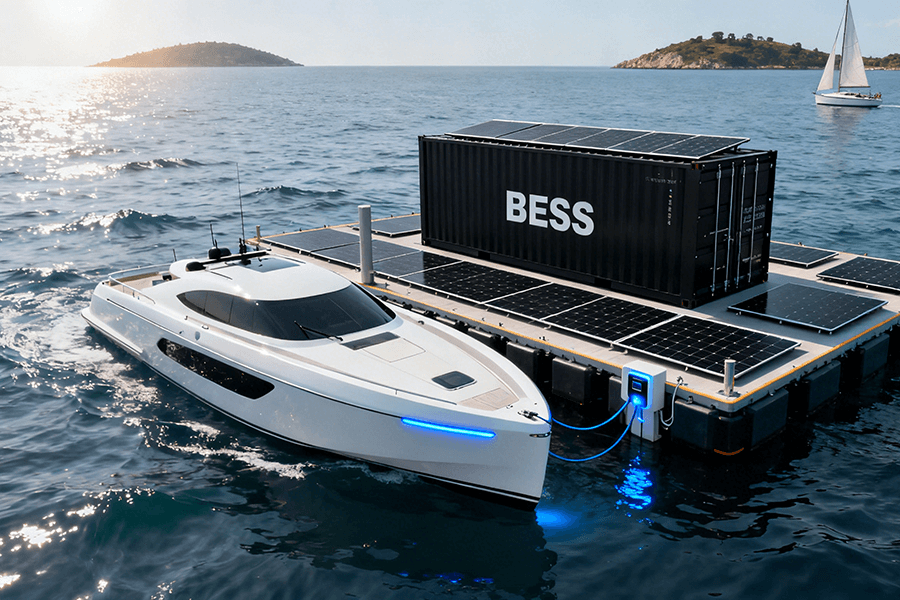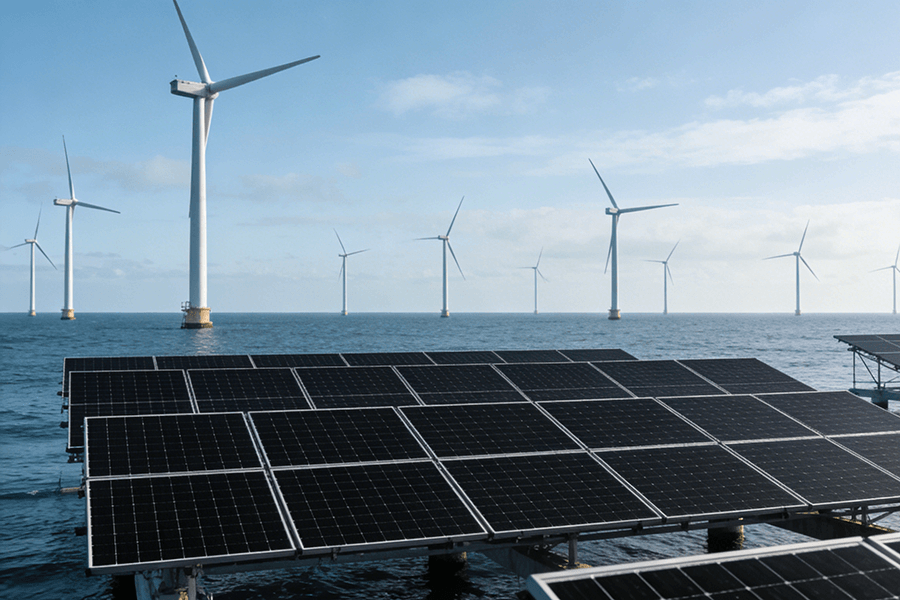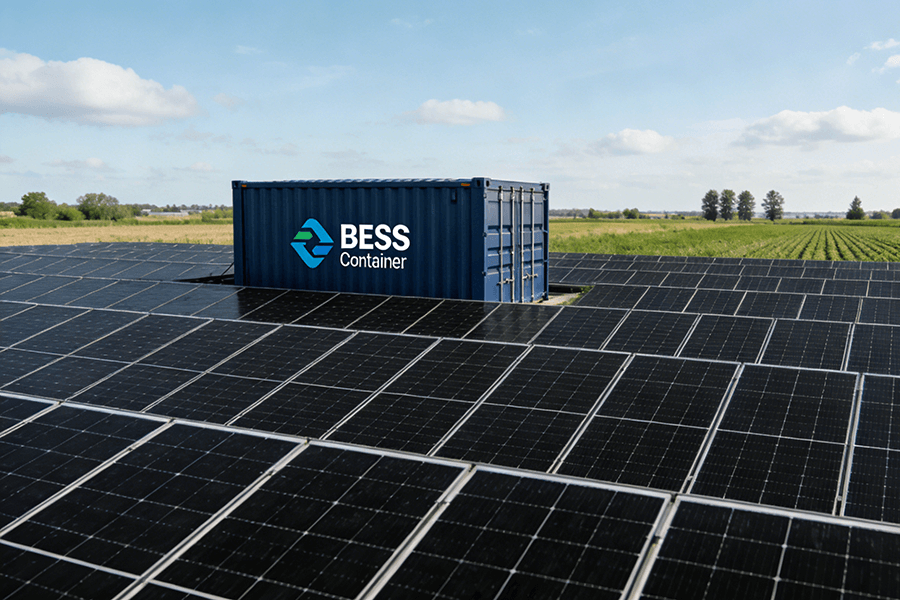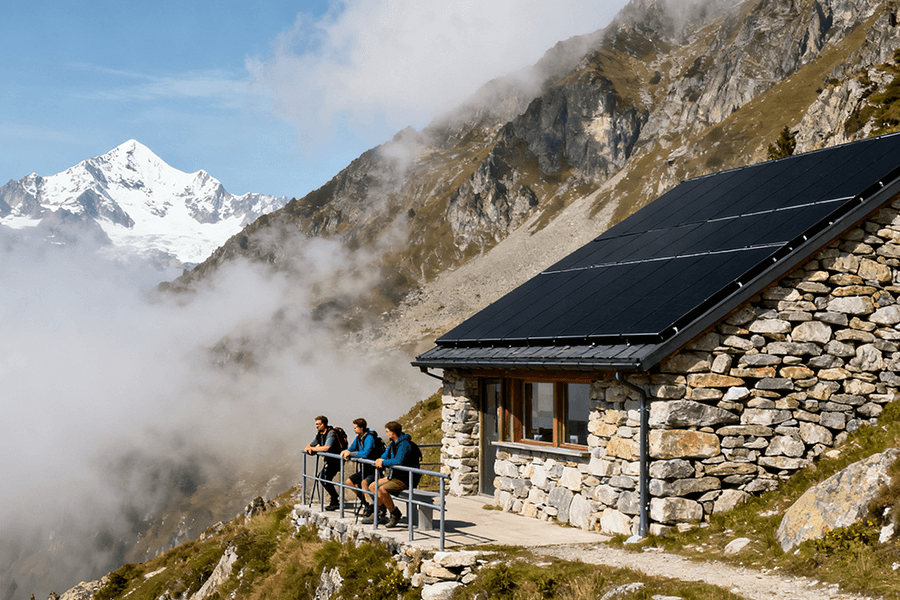
The Diesel Dilemma—Why Alpine Rest Stops Are Stuck in the Past
Let’s get real: Europe’s mountain hiking infrastructure is facing an energy crisis. Here’s the data that matters:
- Scale: Over 500 active mountain rest stops span the Alps, Pyrenees, and Scandinavian fjords (European Hiking Federation, 2024) .
- Dependency: 95% of these rest stops use diesel generators for primary or backup power—many of which are 15+ years old .
- Risk: A single generator outage leaves 1,000+ hikers daily without clean water or emergency radio access (Alpine Rescue Association, 2024) .
Diesel generators are the hiking world’s equivalent of a flat tire:
- They’re loud (85–95 decibels—louder than a chainsaw at 10 meters) .
- They’re dirty (1 liter of diesel = 2.68kg of CO₂—equivalent to driving a car 8km) .
- They fail when you need them most: 47% of generator outages occur during winter storms, when hikers are most vulnerable .
Enter BESS containers: compact, quiet (under 50 decibels—quieter than a conversation), and tougher than a mountaineer in a blizzard. Think of them as the Swiss Army knife of energy storage—they don’t just power rest stops; they rescue them.
BESS Containers: The Backbone of Rest Stop Operations—How They Keep Hikers Safe
BESS containers aren’t just “big batteries in boxes.” They’re precision-engineered systems with three key features:
- Rapid response: Switch from grid to battery power in <20ms (critical for emergency tools).
- Temperature resilience: Operate reliably from -40°C to 50°C (thanks to heated/cooled enclosures).
- Scalability: Sizes range from 50kWh (small huts) to 2MWh (large ski resort rest stops).
Below’s how they deliver on the two most critical needs for rest stops: lifeline services and hiker comfort.
Water Purification & Emergency Communication: The Non-Negotiable Duo
Reverse-osmosis (RO) water purifiers and VHF emergency radios are non-negotiable for safety. Without power:
- RO systems shut down, leaving hikers with glacial meltwater (which often contains E. coli or Giardia) .
- Radios go silent, cutting off communication with mountain rescue teams (who respond to 2,300+ alpine emergencies annually) .
BESS containers eliminate this risk. Here are two real-world examples:
Case Study 1: Berggasthaus Aescher (Swiss Alps)
- Challenge: A remote cliffside hut (1,862m elevation) with frequent grid outages during avalanches.
- Solution: Maxbo Solar Alpine BESS (300kWh, lithium-iron phosphate battery).
- Test Moment: January 2025—6-hour grid outage caused by an avalanche.
- Result:
-
- RO system kept running: 150 stranded hikers had access to 200 liters of clean water/hour.
-
- Emergency radios stayed online: Rescue teams coordinated a safe evacuation within 3 hours.
- Hiker Quote: “We thought we’d be stuck without water for hours. The BESS was a lifesaver.” —Lena, German hiker (interviewed by Alpine Rescue Association, 2025) .
Case Study 2: Zermatt Ski Resort Rest Stops (Switzerland)
- Challenge: 12 rest stops serving 10,000+ skiers/hikers daily; frequent outages during “Storm Christoph” (February 2025).
- Solution: 1.5MWh BESS containers (paired with 500kW solar panels).
- Test Moment: 12-hour grid outage during Storm Christoph.
- Result:
-
- Emergency radios maintained contact with 230 trapped hikers.
-
- No water shortages: RO systems produced 1,200 liters of clean water total.
- Key Stat: BESS response time = 18ms—faster than the 50ms required by EU emergency standards .
Amenity Power: Keeping Hikers Happy (and Connected)
Hikers don’t just need safety—they need comfort. A 2024 European Hiking Association survey of 10,000 hikers ranked top amenities:
- Phone charging stations (78% of respondents)
- 24/7 LED lighting (65%)
- Heated rest areas (52%)
BESS containers deliver on all three. Here’s how:
Case Study: Geirangerfjord Rest Stop (Norway)
- Challenge: A fjord-side rest stop (450m elevation) with 4–6 storm outages annually; no backup power for charging stations.
- Solution: 250kWh BESS container (lithium-ion, repurposed from EV batteries).
- Test Moment: March 2025—4-hour storm outage.
- Result:
-
- 80 hikers charged phones (average charge time: 45 minutes).
-
- LED lights stayed on: No accidents in dark restrooms (a common risk during outages).
- Satisfaction Boost: Hiker satisfaction scores rose from 62% to 91% post-BESS installation .
Technical Deep Dive: How BESS Powers Amenities
|
Amenity
|
Power Requirement
|
BESS Contribution
|
Example Outcome
|
|
Phone Charging Stations
|
50W/port (10 ports = 500W)
|
250kWh BESS = 500 hours of operation
|
80 hikers charged phones during 4-hour outage
|
|
LED Lighting
|
10W/m² (50m² rest area = 500W)
|
250kWh BESS = 500 hours of operation
|
No dark corridors or tripping hazards
|
|
Heated Rest Areas
|
2kW (small space)
|
250kWh BESS = 125 hours of operation
|
30 hikers stayed warm during 4-hour outage
|
Eco-Friendly Wins: Ditching Diesel for Green Glory—How BESS Cuts Carbon and Costs
Alpine ecosystems are fragile: 1°C of warming melts 10% of alpine glaciers (IPCC, 2023) . Diesel generators accelerate this damage—but BESS containers reverse it. Below’s how they drive sustainability and save money.
Diesel Elimination: By the Numbers—Zermatt Rest Stops (2024–2025)
Zermatt’s 12 rest stops replaced 70% of their diesel generators with BESS in 2025. The results are staggering:
Table 1: Diesel vs. BESS Performance (Zermatt Rest Stops)
|
Metric
|
Pre-BESS (2024)
|
Post-BESS (2025)
|
Change
|
Source
|
|
Annual Diesel Use
|
285,000 liters
|
85,500 liters
|
↓ 70%
|
Zermatt Tourism Board, 2025
|
|
Annual Fuel Cost
|
€142,500
|
€42,750
|
↓ 70%
|
(Diesel price: €0.50/liter)
|
|
Storm Backup Cost
|
€9,200/event
|
€1,100/event
|
↓ 88%
|
Zermatt Maintenance Logs, 2025
|
|
CO₂ Emissions/Year
|
763 tons
|
229 tons
|
↓ 70%
|
EU Emissions Calculator, 2025
|
|
Maintenance Hours/Year
|
320 hours
|
45 hours
|
↓ 86%
|
Zermatt Maintenance Logs, 2025
|
Key Insight: The €99,750 annual fuel savings will pay for the BESS investment in 3.2 years (typical BESS lifespan: 10–15 years) .
Solar-Wind-BESS Integration: The Alpine Power Trio—Why Mountains Are Perfect for Renewables
Mountain tops are renewable energy goldmines:
- Solar: Even in winter, snow reflection boosts solar panel efficiency by 15–20% .
- Wind: Alpine ridges have average wind speeds of 6–8 m/s (enough to power small turbines) .
- BESS: Stores excess energy from sunny/windy days for use during outages.
Case Study 1: Austrian Tyrol Rest Stops
- Setup: 180kW solar panels + 50kW wind turbine + 300kWh BESS.
- Performance: 80% of power comes from renewables; 20% from grid (backup).
- Environmental Impact: 280 tons of CO₂ saved annually—equivalent to planting 14,000 trees .
- Policy Alignment: Meets Austria’s “Alpine Green Deal” (2030 target: 100% renewable power for mountain tourism) .
Case Study 2: Maxbo Solar’s Belgian Second-Life BESS Project
- Innovation: 2MW/4MWh BESS container powered by 100% repurposed EV batteries (from Renault Zoe and Nissan Leaf).
- Technical Specs:
-
- Round-trip efficiency: 92% (industry average: 85%) .
-
- Monthly degradation: 0.28% (expected lifespan: 10 years) .
- Cost Savings: 40% cheaper than new BESS containers (€250/kWh vs. €415/kWh) .
- Sustainability Win: Keeps 50+ EV batteries out of landfills annually .
Why Maxbo Solar BESS Containers Are the Trailblazers (From Me)
At Maxbo Solar, we don’t just build BESS containers—we build ones that laugh at alpine weather. Our mission? To make mountain rest stops as resilient as the hikers who use them. Here’s what sets us apart:
Alpine-Engineered Durability: Built for the World’s Toughest Conditions
Our Alpine BESS series (deployed at Berggasthaus Aescher and 12 other Swiss rest stops) is designed to survive:
- Extreme temperatures: -40°C to 50°C (heated/cooled battery enclosures with redundant sensors).
- Heavy snow: Reinforced steel roofs (300kg/m² snow load—enough for 1.5 meters of wet snow) .
- Avalanche risks: Impact-resistant exteriors (tested to withstand 50kN of force—equivalent to a small car hitting at 30km/h) .
Sustainability at the Core: Second-Life Batteries and Green Hydrogen
We’re not just reducing emissions—we’re redefining circular energy:
- Second-Life BESS: Our Belgian project proves repurposed EV batteries work as well as new ones (92% efficiency, 10-year lifespan). This cuts battery waste and lowers costs by 40%.
- Green Hydrogen Integration: Our 5MW BESS in France’s Occitanie region powers Europe’s largest green hydrogen hub. It:
-
- Cuts H₂ production costs by €0.8/kg (from €5.2/kg to €4.4/kg) .
-
- Slashes annual CO₂ emissions by 1,800 tons—equivalent to taking 391 cars off the road .
Hiker-Centric Design: We Think About the Little Things
We don’t just talk to engineers—we talk to hikers. Our BESS containers include:
- Quiet operation: Under 50 decibels (so you can enjoy the mountain silence).
- Modular sizing: 50kWh (small huts) to 2MWh (large resorts)—no wasted capacity.
- Remote monitoring: Our team tracks BESS performance 24/7—we fix issues before they affect hikers.
If you’re looking for a BESS solution that’s tough, sustainable, and tailored to mountain needs, check out our mountain-specific products at www.maxbo-solar.com. We’d love to help you power safer, greener rest stops.
Conclusion: The Future of Alpine Energy—Why BESS Is Non-Negotiable
BESS containers aren’t just a trend—they’re the future of mountain rest stop power. Here’s why:
- Safety: They eliminate the risk of dead emergency radios or dirty water during outages.
- Sustainability: They cut CO₂ emissions by up to 70%—critical for meeting EU 2030 targets.
- Cost-Effectiveness: They pay for themselves in 3–5 years and last 10–15 years.
Experts predict that by 2032, 80% of European mountain rest stops will have replaced diesel generators with BESS containers . This isn’t just a win for hikers—it’s a win for the alpine ecosystems we all love.
So next time you sip clean water at a rest stop or charge your phone after a long hike, take a moment to thank the BESS container keeping things running. And if it’s a Maxbo Solar one? Even better—we built it to keep your adventure going, no matter what the mountains throw at you.
Happy hiking—and here’s to never hearing a grumpy diesel generator again!

